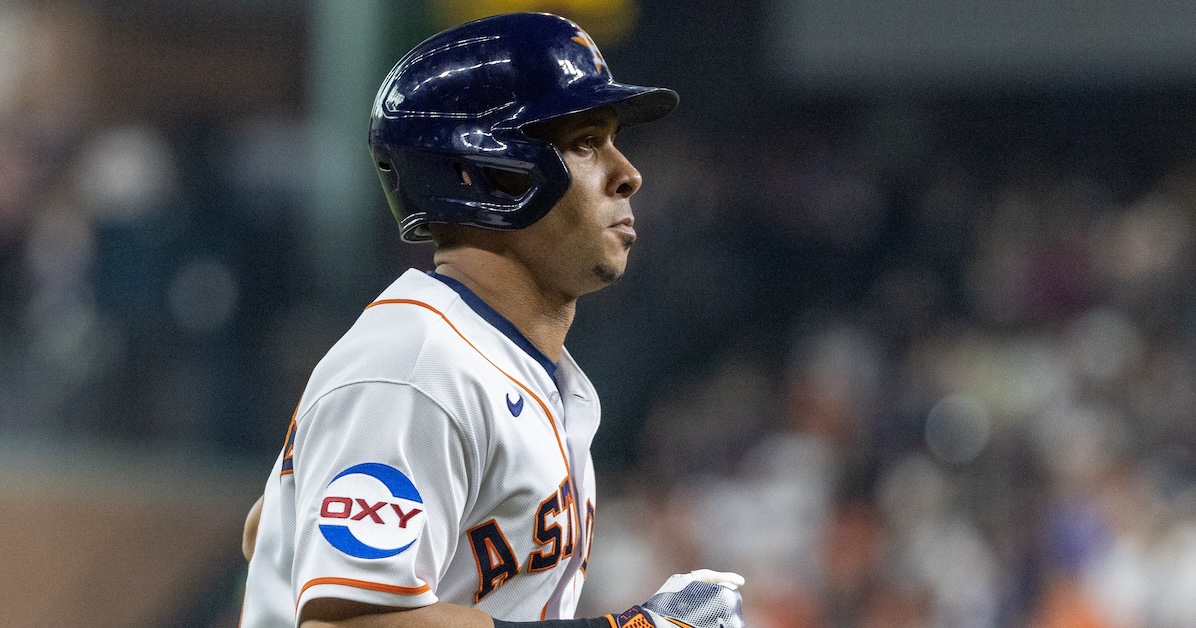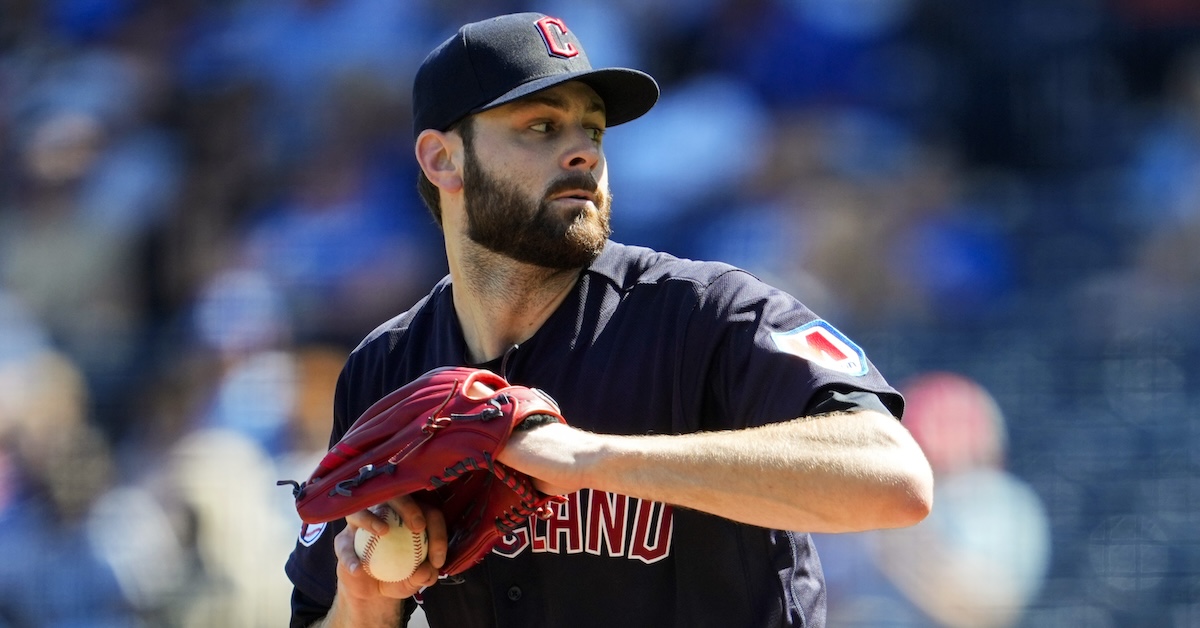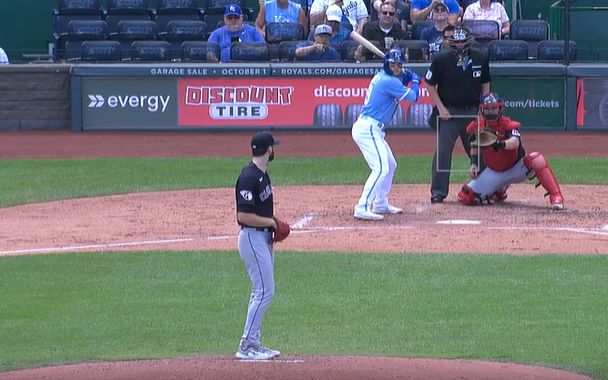Blake Snell Has Better Command Than You Think

Two-time Cy Young Award winner Blake Snell is still a free agent toward the end of the third week of January, and there reportedly remains a large gap between his asking price and what his potential suitors are willing to pay him. Snell’s upside is undeniable, but there are some concerns about his long-term value. He has not been a model of durability or consistency throughout his eight-year career, and perhaps most concerning is that even at his best, he allows a lot walks.
Last year, despite his overall excellence, Snell led the majors with 99 walks, 16 more than the next two guys, Charlie Morton and Johan Oviedo. In terms of BB%, his 13.3% rate beats out Morton’s by 1.7 percentage points. Spending north of $200 million on a pitcher who gives up so many free passes, even one of Snell’s caliber, is a tough sell. However, Snell isn’t your typical wild thing who doesn’t know where the ball is going after he releases it. Rather, there appears to an intentionality to where he misses. His misses are frequently in locations where the worst outcome is a wasted pitch out of the zone, rather than over the middle of the plate where batters can do more damage. Such an approach can be incredibly unpleasing to watch, but it has proven to be effective for him, nonetheless.
That he has a propensity for giving up walks and preventing runs forces us to consider that walks alone might not be the best encapsulation of his command. His ability to live around the edges and leave his misses in low risk locations is a skill. To defend that notion, I’ll present some data outlining where Snell throws his pitches, and how that compares to his peers. Let’s start with fastball command. Below is a table of last year’s top 20 pitchers in fastball shadow zone percentage, out of the 119 pitchers who threw at least 1,000 heaters:
| Name | Total Fastballs | Shadow Zone% |
|---|---|---|
| Bailey Ober | 1062 | 51.2 |
| Ranger Suárez | 1254 | 49.9 |
| Joe Ryan | 1526 | 49.0 |
| Wade Miley | 1280 | 48.5 |
| Patrick Corbin | 1711 | 48.4 |
| Matt Strahm | 1018 | 48.3 |
| Kyle Freeland | 1127 | 48.0 |
| Luke Weaver | 1230 | 47.7 |
| Kyle Hendricks | 1167 | 47.6 |
| Sean Manaea | 1186 | 47.6 |
| Alex Cobb | 1001 | 47.6 |
| Aaron Nola | 1720 | 47.5 |
| George Kirby | 1723 | 47.4 |
| Reid Detmers | 1123 | 47.3 |
| Hunter Greene | 1135 | 47.3 |
| Blake Snell | 1541 | 47.2 |
| Pablo López | 1363 | 47.2 |
| Sonny Gray | 1578 | 47.0 |
| Trevor Williams | 1516 | 47.0 |
| Merrill Kelly | 1692 | 47.0 |
Snell’s positioning between command artists like George Kirby and Aaron Nola above him, and Pablo López and Sonny Gray below him is unexpected. (Hunter Greene and Reid Detmers are less regarded for their command, but even their walk rates were, respectively, 3.7 and 4 percentage points lower than Snell’s 13.3%.) When looking a little further, Snell had the third lowest frequency of heart percentage on his heater last year. It’s one of the reasons why he was able to avoid the long ball so well. His 0.75 HR/9 ranked fourth among qualified pitchers. This is not a new trend for him, either. His fastball Shadow Zone% was even better in 2022. His 26.6% Heart% was 2.6 percentage points higher than it was last year, but it still ranked 17th among the 117 pitchers who threw at least 1,000 fastballs, and consequently, he allowed just 0.77 HR/9.
There is more to Snell than just his fastball, though. After all, he threw heaters less than half the time last year. To get a true sense of his command, we also need to evaluate his three other pitches: curveball, slider, changeup. Snell ranked second among all pitchers in breaking ball run value last year, so presumably he has a good handle on his curve and slider. For this table, I’ll use chase zone percentage:
| Player | Total Breakers | Chase Zone% |
|---|---|---|
| Corbin Burnes | 791 | 31.2 |
| Trevor Williams | 659 | 30.3 |
| Alex Lange | 670 | 29.9 |
| Patrick Corbin | 1024 | 29.5 |
| Framber Valdez | 718 | 29.2 |
| Brady Singer | 1112 | 28.9 |
| Kyle Gibson | 816 | 28.6 |
| Spencer Strider | 1048 | 28.5 |
| Zack Wheeler | 748 | 28.5 |
| Dane Dunning | 757 | 28.4 |
| Zac Gallen | 849 | 28.2 |
| Marcus Stroman | 620 | 28.2 |
| Braxton Garrett | 849 | 28.0 |
| Tylor Megill | 652 | 27.8 |
| Blake Snell | 1043 | 27.7 |
| Roansy Contreras | 638 | 27.6 |
| José Berríos | 870 | 27.4 |
| Julian Merryweather | 634 | 27.4 |
| Michael Grove | 627 | 27.4 |
| Bobby Miller | 704 | 27.3 |
The data presented here combines all the breaking balls a pitcher throws. In my best effort to keep the denominators similar (this one has 106 pitchers), the minimum number of breaking balls is set at 600. Once again, Snell has good positioning. Most of this top 20 list features pitchers who throw a high volume of curveballs and place them well, like Corbin Burnes, Framber Valdez, and Zac Gallen. With his nasty slider, Spencer Strider is a bit of an outlier in this group, but other guys with high velocity sliders begin to pop up in the 20s. Point being, Snell is one of the best pitchers in baseball when it comes to landing breaking balls in competitive spots to get whiffs, even if they are out of the zone. This part was expected, given his elite whiff rates on both his slider and curveball.
This doesn’t tell the entire story about how Snell uses his breaking balls, though. Yes, we know he gets plenty of chases and whiffs, but he does it differently than any other pitcher in baseball. He doesn’t give hitters many opportunities to hit mistakes because, more often than not, he refuses to throw his breaking pitches anywhere in or around the strike zone. Of the 149 pitchers in baseball who threw at least 500 breaking balls in 2023, Snell had the lowest combined rate of pitches in the heart and shadow zones by nine percentage points. Nine! He is the only pitcher on that list who throws his breaking balls in these two zones less than half the time.
It becomes even more clear that his avoiding the zone is by design rather than an indication that he has poor command when looking at what happens when he doesn’t locate his breaking balls as well as he would like. Last year, he threw 29.5% of his breaking pitches in the waste zone, the highest rate in the majors. That’s 9.4 percentage points higher than the next guy, Shane Bieber.
His unwillingness to give in leads to a lot of noncompetitive pitches, but that’s the point. Batters can’t crush pitches if they don’t swing, and even when they do, the pitches are breaking far enough outside the zone that hitters can’t do much with them, anyway. Considering that last year he also mostly ditched his slider against right-handed hitters in favor of his changeup, there is good reason to believe he has a much better understanding of how to execute and optimize his arsenal.
Speaking of the changeup, the plus command trend holds up there as well. Last year, he landed the pitch in the shadow zone 50% of the time, the fifth highest rate among the 107 pitchers who threw at least 300 offspeed pitches.
Specifically looking at the shadow zone is important for this pitch, because it’s not the kind of changeup or forkball that has wicked drop and falls out of the zone. Instead, it’s a pitch that tunnels with his heater and is roughly 9 mph slower without big time movement. Its success hinges on landing it in the shadow zone with consistency. Snell had never done that until last year. After fading the pitch for most of his San Diego tenure, he bumped the usage back up over 20%.
Usually this is the point in an analysis where I’d lay out some video highlighting how this data looks in practice, but that doesn’t feel necessary here. For one, I’ve already told you how visually unpleasing watching Snell walk the house can be. If you’ve watched him navigate a game, you know the feeling. If you haven’t, then here are some games where he walks guys for nitpicking around the edges.
Conventional wisdom would suggest that because of all the walks, Snell has poor command, and therefore is a risky investment for teams looking to sign him. Yes, it is true that he allows an uncomfortable amount of walks, and for a lesser pitcher, this would not be ideal. Except, Snell is not a lesser pitcher, and his approach is not conventional. Despite the walks, maybe even because of them, Snell is adept at run prevention. He has a good feel for keeping his pitches in places where he won’t get burned too badly. After all, bases on balls are better than long balls, right?











